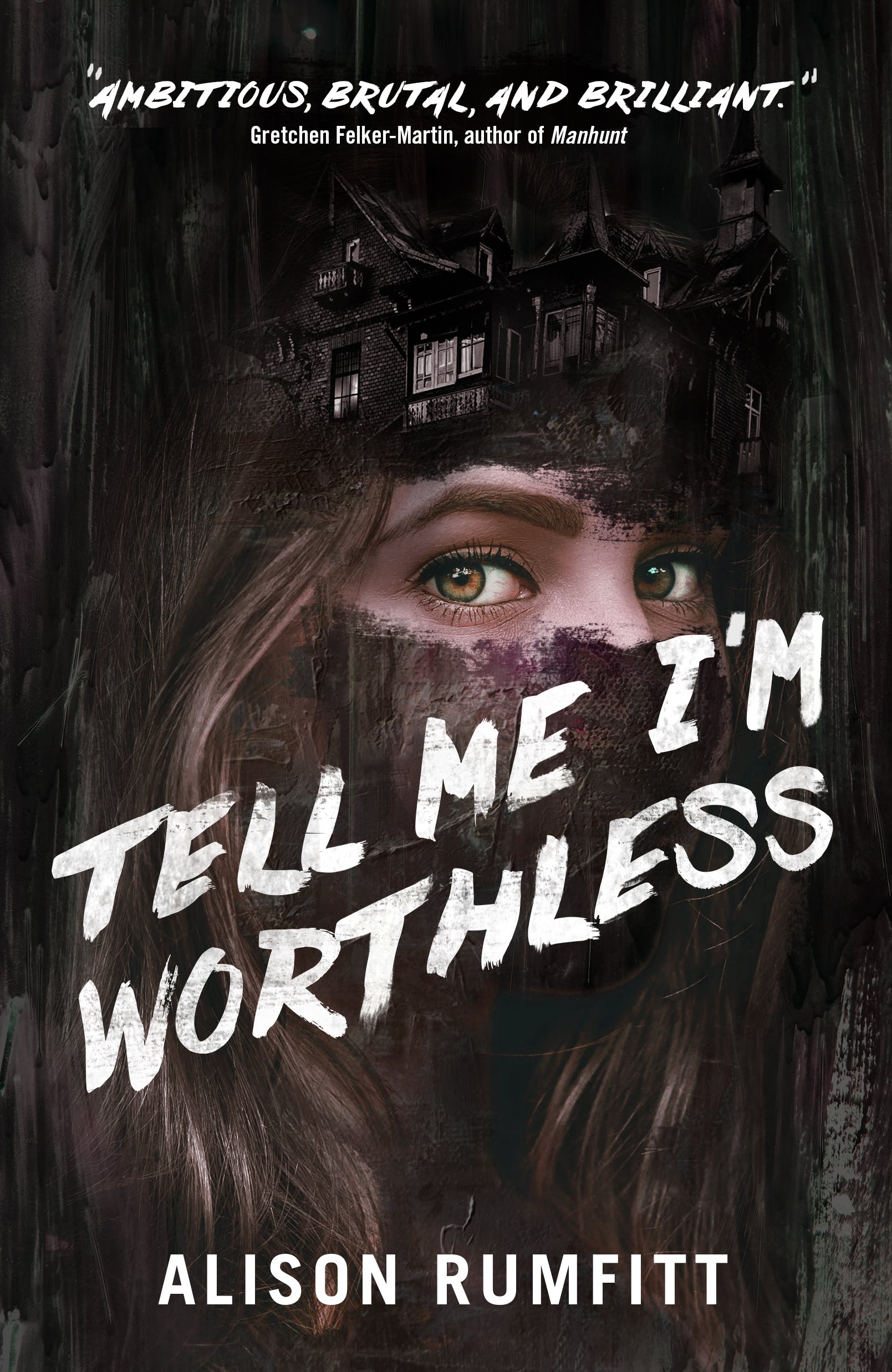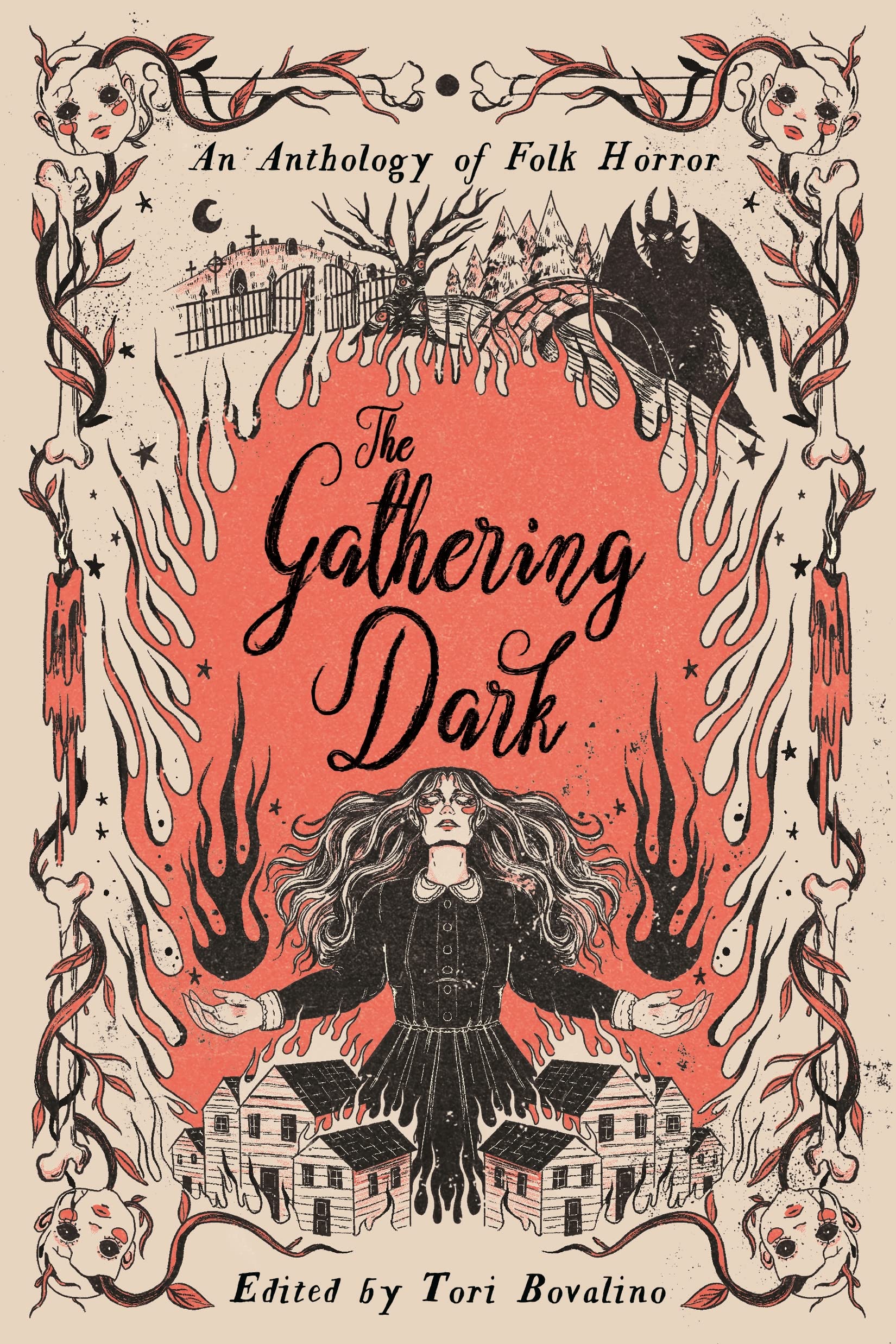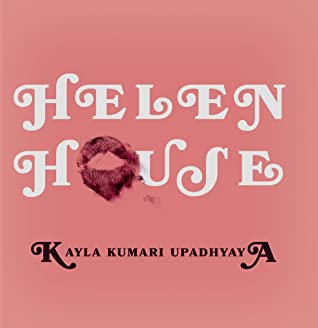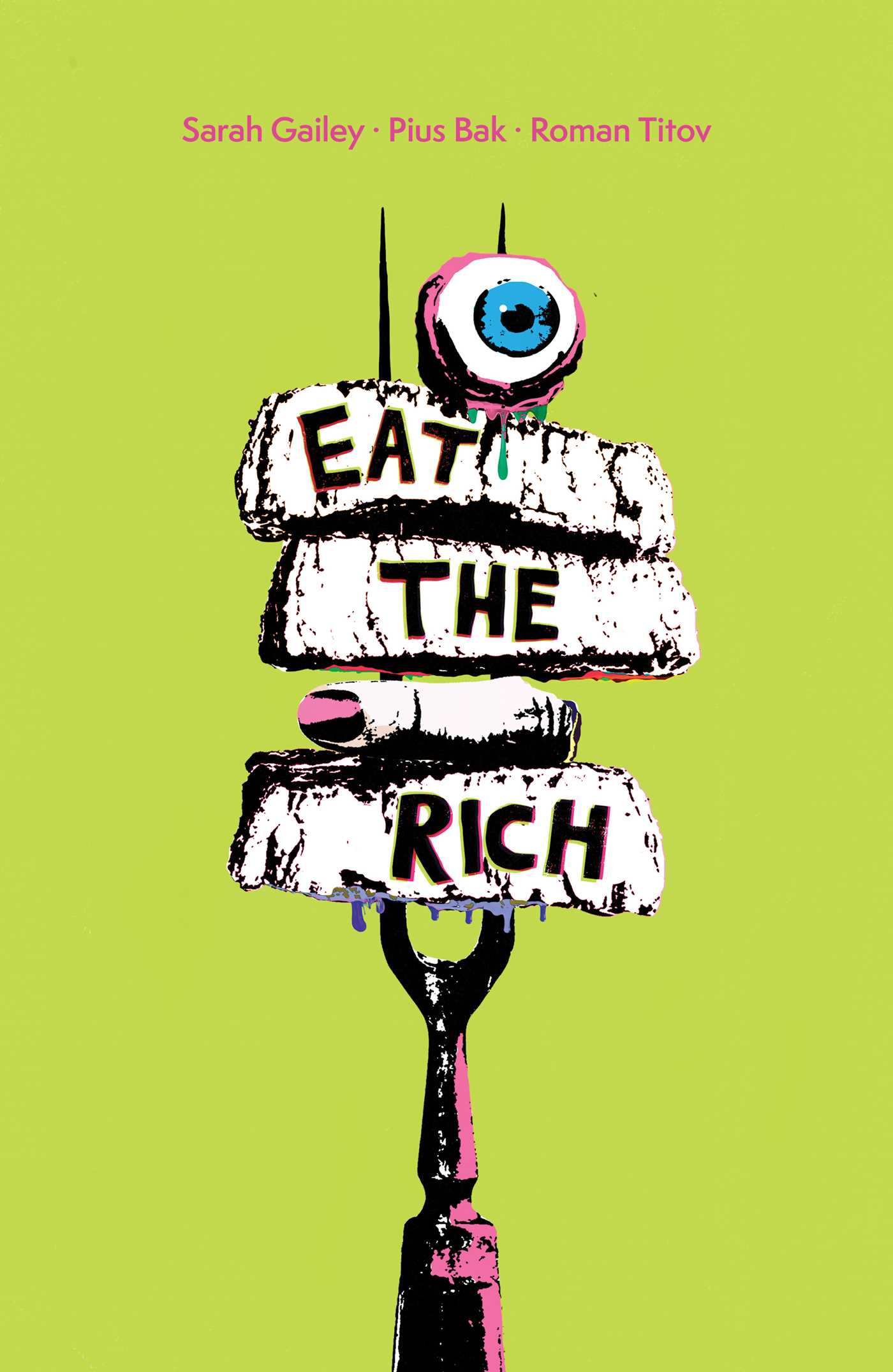Amazon Affiliate Link | Bookshop.org Affiliate Link I’ve been having a good run with horror lately, and Alison Rumfitt’s stunning work of trans horror Tell Me I’m Worthless kept that streak up. The pull quote on the front cover advertises it as “ambitious, brutal, and brilliant,” and I think that’s a good starting point forRead More
Til reviews The Gathering Dark edited by Tori Bovalino
Amazon Affiliate Link | Bookshop.org Affiliate Link The Gathering Dark is a collection of folk horror short stories. I went into this book expecting the folk horror short stories. The queerness of those stories came as a delightful surprise. I will own outright that whether or not this counts as a sapphic read is debatable. To me,Read More
Susannah reviews Helen House by Kayla Kumari Upadhyaya
Amazon Affiliate Link | Bookshop.org Affiliate Link Kayla Kumari Upadhyaya came onto my radar via her essays and pop culture criticism on Autostraddle (where she is Managing Editor) and Catapult, among other outlets. Whether reviewing a Netflix mixology competition series or espousing a joint bookshelf system with her girlfriend, each of Kumari’s pieces reads likeRead More
Maggie reviews The Luminous Dead by Caitlin Starling
Amazon Affiliate Link | Bookshop.org Affiliate Link I have been really into horror lately, and finding a lesbian sci-fi horror was a real boon for me, and The Luminous Dead by Caitlin Starling was a real page-turner. With a spine-tingling atmosphere, a killer setting, and a cast of two, The Luminous Dead draws you into the story as steadilyRead More
Meagan Kimberly reviews White is for Witching by Helen Oyeyemi
Amazon Affiliate Link | Bookshop.org Affiliate Link It’s hard to summarize Helen Oyeyemi’s White is for Witching, as this is a novel less with plot and more with vibes. But to the best of my ability, a young girl, Miranda, develops an eating disorder called pica, where she eats and hungers for things that areRead More
Maggie reviews Queer Little Nightmares edited by David Ly and Daniel Zomparelli
Amazon Affiliate Link | Bookshop.org Affiliate Link Queer Little Nightmares, an anthology edited by David Ly and Daniel Zomparelli is a fun and sometimes terrifying collection of queer horror writing. The Lesbrary was provided with a review copy, and I was more than happy to spend time with this collection. Queer Little Nightmares let writers experiment withRead More
Danika reviews Eat the Rich by Sarah Gailey, Pius Bak, and Roman Titov
Amazon Affiliate Link | Bookshop.org Affiliate Link It’s Halloween, and I know exactly which book you should read cover to cover today. Joey is meeting her boyfriend’s family, and it’s understandably stressful. They’re wealthy; she’s not. He’s worried about trying to stay sober back there. She wants to impress them. But she’s on her wayRead More
Danika reviews The Restless Dark by Erica Waters
Amazon Affiliate Link | Bookshop.org Affiliate Link During October this year, I tried to pack my TBR with seasonal, Halloween-adjacent reads, and The Restless Dark looked like the perfect match. It’s a sapphic YA horror/thriller book set at a true crime podcast event where listeners compete to try to find the unrecovered bones of aRead More
Danika reviews House of Hunger by Alexis Henderson
Amazon Affiliate Link | Bookshop.org Affiliate Link On paper, this should have been the perfect book for me to read Halloween month. I’m fascinated by the historical figure of Elizabeth Bathory, I love a (fictional) obsessive and unhealthy sapphic relationship, and this sounds like it would be a blood-soaked, sexy Gothic in the vein ofRead More
Danika reviews The Book Eaters by Sunyi Dean
Amazon Affiliate Link | Bookshop.org Affiliate Link This dark fairy tale dances on the line between fantasy and horror. It follows Devon, a book eater, who is part of one of the aristocratic houses of book eaters (think vampires, but they eat books instead of drinking blood). She is one of very few women bookRead More
- « Previous Page
- 1
- …
- 5
- 6
- 7
- 8
- 9
- …
- 13
- Next Page »



